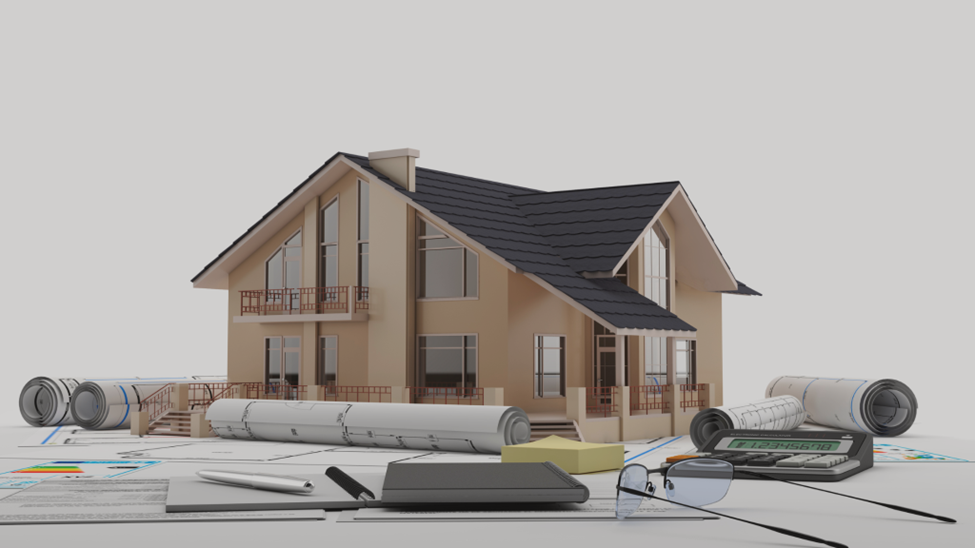Construction Smarter, Not Harder: 7 Pro Tips and Tools for Faster, Safer Job Sites
- Natalie Akins
- Aug 15
- 4 min read

The construction industry inherently involves a little elbow grease. That’s the appeal of the career for many people.
However, there comes a point when hard work becomes needless work. Failure to streamline processes, invest in the best tools, and integrate technology/automation not only threatens to cause lag in your projects but can expose your workers to unnecessary risks.
Keep reading as we explore 7 pro tips on how to construct smarter for safer, more efficient job sites.
1. Spend Time on Site Preparation
Just as you wouldn’t try building a structure without blueprints and digital renderings, neither should you start digging and hammering without meticulous site preparation. Carefully grade the work site and install slot drains to keep moisture from flowing toward the work area.
Make quality access roads so that work vehicles and machinery don’t tear up the perimeter. Invest in temporary fence panels to sequester the site from loiterers and wildlife. Hang adequate signage to keep traffic moving smoothly through the space. Remove fire hazards from the area. Have enough portable toilets and hand wash stations for your crew to access.
2. Invest in Next-Level Platforms

Scaffolding is a temporary structure that gives workers access to elevated areas on the exterior of a building. It is a crucial tool for doing painting, finishing, window, or cladding work on high rises or other multi-level structures. Obviously, there can be significant risk when working at elevation without the proper precautions.
This makes guard rails, mid-rails, harnesses, toe boards, and any other type of fall protection essential in commercial scaffolding. When working in wet conditions and/or with particularly heavy materials, it is a great idea to upgrade to expanded steel walkboards. These offer many times more than the minimum load bearing capacity as outlined by OSHA and prevent the buildup of mud and moisture on the work surface for a safer work environment.
Read more Articles in Real Estate
3. Stock Ample PPE
It may feel like stressing PPE is overdone in the construction world. Unfortunately, too many choose to turn a deaf ear. Recent statistics indicate that a whopping 70% of all fall accidents on the construction site were due to PPE non-compliance. In addition to heights, construction workers are much more exposed to machine, exertion, and weather risk than employees in other industries.
An injury or fatality can not only stall a project and set it back financially--it can also result in litigation that threatens the solvency of the firm. From hard hats to safety glasses, sunscreen to high vis vests, go the extra mile to guarantee that the site is stocked with everything workers need to do the job safely.
4. Promote Security

Construction theft is now a billion-dollar industry globally. As such, any and every precaution and deterrent will help keep the project on track. Ensure credentialed access at key entry points. Invest in storage containers and lock boxes for tools and materials. If you aren’t able to install video surveillance, hire some overnight guards to keep trespassers away.
5. Ensure Adequate Waste Removal
When building a new structure, it can be easy to overlook the fact that an equal amount (or more) of waste is generated. According to Science Direct, roughly 30% of the world’s solid waste is construction and demolition waste. Not only does this present some challenges for the circular economy, but it can create cramped, cluttered working conditions if not disposed of adequately.
Therefore, whether you are looking into compost bins for organic waste or a Denver dumpster rental in your local market, be sure to have a strong waste removal infrastructure in place for streamlined construction. It is also a great idea to have a hydrovac service on speed dial to guarantee the safe cleanup and disposal of liquid or toxic waste.
6. Prioritize Precision

Precision can pay multiple dividends in construction. It limits costly rework. It keeps operations smooth and efficient for optimal safety. And it will ultimately result in stunning, high-performing structures.
With that said, precision is not possible without tools and materials that aid in the endeavor. Choose the best circular saw blades for making intricate cuts in stone and metal. Source self-drilling screws to eliminate ineffective pilot holes undermining base materials. Look into laser measures and levels to get specifications down to the smallest degree.
7. Keep Sustainability at the Forefront
It would be remiss to discuss the modern construction landscape without mentioning sustainability. The project will not be a success if it is an energy pit. In a worst case scenario, a highly inefficient project may result in fines that stall the project.
A holistic approach is necessary. It’s the small details that can add up over the course of a project. For example, a special knife for cutting insulation can ensure precise fits and limit waste. Prefabrication processes can prevent frequent trips to the construction site. Building wrap can stop moisture from damaging key components of the building envelope for ongoing R-value.
The 7 Best Tips for Safe, Efficient Construction
There are many innovative tools and tricks to take much of the drudgery out of construction work. From meticulous site preparation to unmatched precision, consider any of the 7 ideas listed above for safe, efficient construction.
Author Bio:
Natalie Akins is a freelance writer that loves sharing her knowledge and expertise in interior design and remodeling. She also has a background in the Hospitality and Real Estate Industry. She lives in her hometown of Austin, Texas where she enjoys spending time with her husband and decorating with her children. Natalie’s work as a freelance writer can be found on Building Product Advisor, a construction industry resource site.



